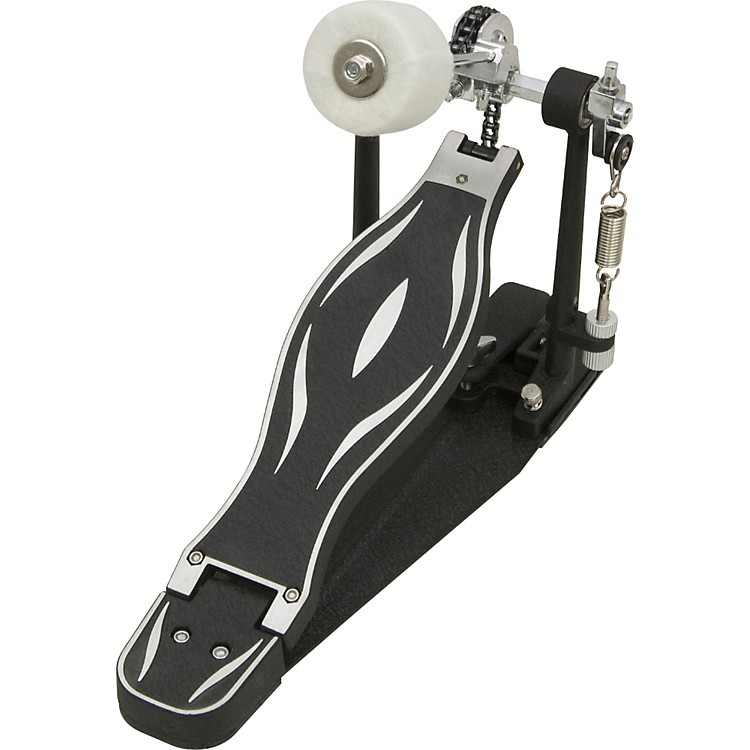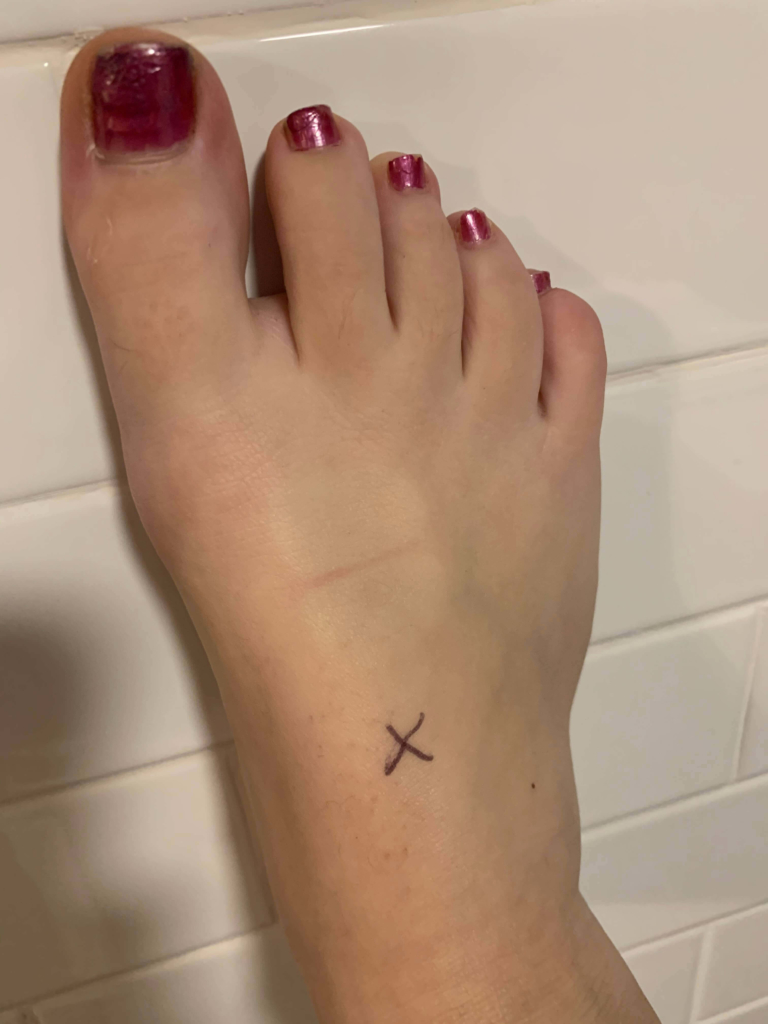

Heart failure signs and symptoms may include: Shortness of breath with activity or when lying down. What are the 4 signs your heart is quietly failing? The colour of your foot can be a clue to whether enough blood is getting through your arteries. Your doctor may also look at the colour of your foot when it is higher than the level of your heart and after exercise. An absent or weak pulse in these spots is a sign of PAD. Your pulse shows the strength of blood flow.
#Pedal pulse full#
+3 = full pulse or slight increase in pulse volume.
#Pedal pulse plus#
Most of the pulse characteristics are illustrated in figure 3-1.Īdvertisement What does a plus 2 pulse mean? When taking a patient’s pulse, you should note the patient’s pulse rate, the strength of the pulse, and the regularity of the pulse. What 3 things must you assess when taking a pulse? The pulse points are the neck (carotid artery), the wrist (radial artery), behind the knee (popliteal artery), the groin (femoral artery), inside the elbow (brachial artery), the foot (dorsalis pedis and posterior tibial artery), the abdomen (abdominal aorta). Use two hands one on top of the other to feel the femoral pulse. Press deeply, below the inguinal ligament and about midway between symphysis pubis and anterior superior iliac spine. How do you check femoral pulse?Ĭover the genitalia with a sheet and slightly abduct the thigh. If you noticed changes in rhythm or strength, you must measure the pulse for a full minute. Double the number to give the beats per minute (e.g.: 32 beats in 30 seconds means the pulse is 64 beats per minute). If the pulse is regular and strong, measure the pulse for 30 seconds. The dorsalis pedis pulse is palpable on the dorsum of the foot in the first intermetatarsal space just lateral to the extensor tendon of the great toe. Severe PAD can even result in amputation if the blood flow to the leg or foot is inadequate. PAD may also produce other symptoms such as an uncomfortable feeling or pain when walking.

A doctor may pick up on this by checking the pulses in your feet. This is called PAD, or peripheral artery disease. Use the doppler machine to listen to arterial flow. Mark the location of the artery with a pen. Place the linear ultrasound probe over where you would expect the artery to pass.

Mark the locations of the DP and PT arteries for easier localization with the doppler probe. How do you document pedal pulses on a Doppler?įind and mark your pedal pulses using ultrasound It should feel like a steady pulse once or twice per second. Slowly press your fingers into this soft spot until you can feel your pulse. Wrap your hand around your knee so your fingers are against the soft spot in the back of your knee. How do you check for a pulse in your knee? Ans : An arterial pulse which can be felt on top of the foot in front of the ankle. Medical Word – Pedal (dorsalis pedis) pulse. … A thorough cardiovascular examination is incomplete without assessing the pedal pulse, which provides a window view of overall cardiovascular integrity and health. Why do we check for pedal pulses?Ī diminished foot pulse may be the only clue that a patient is at increased risk of cardiovascular death. In health, the pulse is regular, moderately full and at a rate of between about 50 and 80 beats per minute. The rhythmic expansion of an artery from the force of the heart beat.


 0 kommentar(er)
0 kommentar(er)
